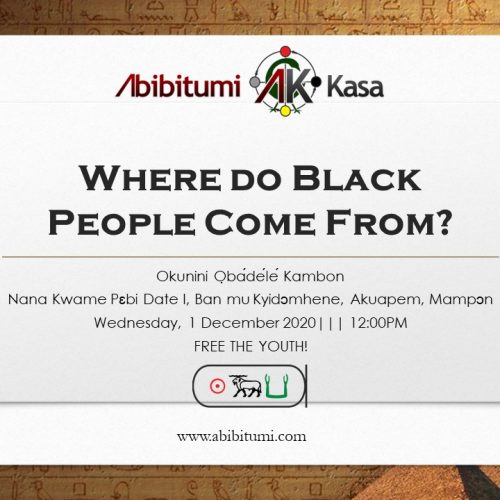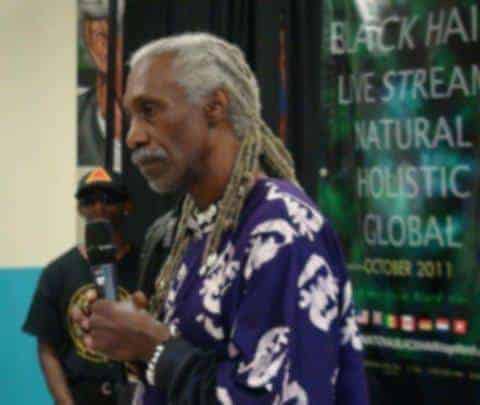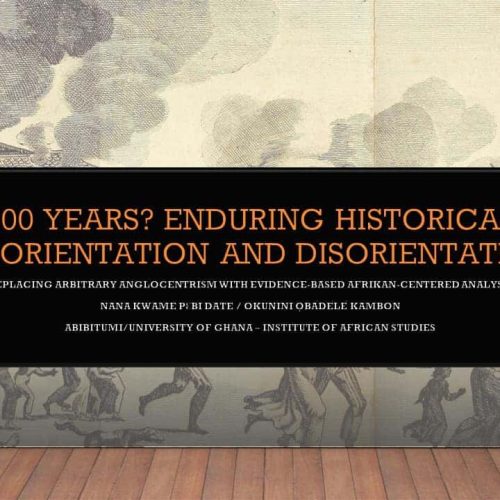
Sandro
-
-
-
Greetings,
I am posting this text as a kind of listing of Négro-Egyptien words resembling Kemetic jmn ‘Amun’. I have not used the comparative method here, but the point it can be used as materials for reconstruction. Your comments would be much appreciated. I believe that the reconstruction of theonyms is important for the spiritual… Read more-
I believe Professor Kambon did extensive work already on this term, but we must apply the historical linguistic method, the method of resemblances will not suffice. I will read it later.
-
Brother Sandro here is Professor Kambon’s inference on -Imn- critique of someone else’s pseudo work on Imn. The problem is the methodology, before Imn can be reconstructed in any sense, it must go through the process of systematic regularity across languages. I actually did this with the word -nTr and the -ruarati- ancestors that can…
- View 2 replies
-
-
Greetings, I have published a text refuting the theory about Kmt supposedly having nothing to do with the black colour. Your feedback would be strongly appreciated.
-
You did not demonstrate the linguistic comparative method, this is a linguistic group.
-
My critique of the paper is that you made basic errors.
You stated:
“One of the native names for Ancient Egypt was Kmt. This is the one that survived into Coptic as kem and xemi.”
and then you stated:
The etymology of this word is generally understood as meaning « (the) Black (One) »This is an error, for you did NOT supply the…
- View 2 replies
-
You stated:
“KMT: BLACK SOIL OR BLACK PEOPLE?
The etymology of Kmt as meaning « black » is acknowledged by the great majority of Egyptologists who define it either as a reference to the black color of the Nile silt or to that of the skin color of the ancient Egyptians. This latter meaning is mainly acknowledged by Egyptologists and other… -
Other errors I have noticed:
1- FAULTY Methodology 2- he did NOT use the historical-comparative method he only made opinionated commentary 3- he did NOT even include the Coptic Sahidic “kamaui:” = Blacks, Coptic Fayyumic “keme” = Black person, Coptic Bohairic ” xemaui”= Blacks. He totally avoided that 4- He did NOT include Coptic text,…
- View 2 replies
-
-
- Load More

 Lecture #1 - Where do Black People Come From? (The Beginning is the End) Free the Youth
Lecture #1 - Where do Black People Come From? (The Beginning is the End) Free the Youth  X-Live Interview: Afrikan Texts, Concepts and Creation Stories
X-Live Interview: Afrikan Texts, Concepts and Creation Stories  Okunini Kamau Kambon Speaks - Reflections on Current Events in the Afrikan World - Bundle
Okunini Kamau Kambon Speaks - Reflections on Current Events in the Afrikan World - Bundle  Dr. Kamau Kambon - Kambondigm Updated!! Pt. 1
Dr. Kamau Kambon - Kambondigm Updated!! Pt. 1  400 Years? Enduring Historical misorientation and disorientation and the Year of Return
400 Years? Enduring Historical misorientation and disorientation and the Year of Return  Foundations of Kmtyw Thought Lecture #5: Ancient & Traditional Accounts of the Beginning (2016)
Foundations of Kmtyw Thought Lecture #5: Ancient & Traditional Accounts of the Beginning (2016)  Replay of the Official Abibitumi.com Website Launch and 1804 Film Screening!
Replay of the Official Abibitumi.com Website Launch and 1804 Film Screening! 